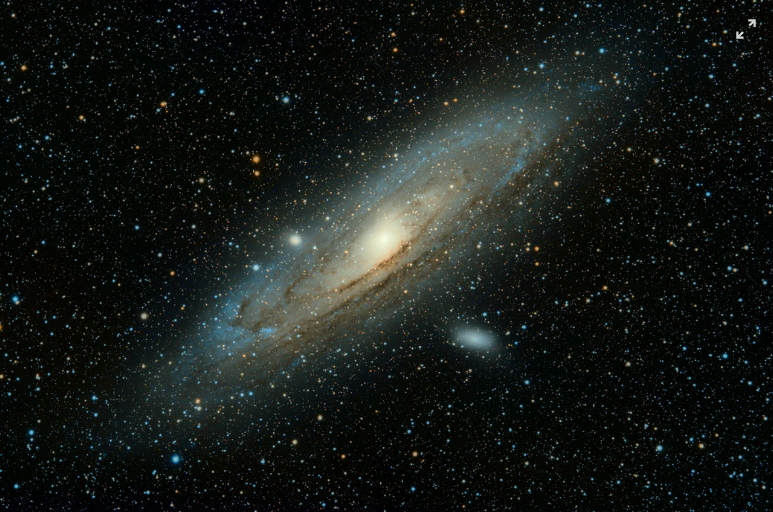Even though there are more than 40,000 exoplanets known to man, the majority of these are too far away and dim for even our best telescope to distinguish against the glare of stars. However, exoplanets that are near our solar system can provide easier opportunities for viewing. And there are no other exoplanets that are near to us except for the dwarf Proxima Centauri, which is 4.2 light-years away.

Read Also: On The Way! Oxford University to Begin Coronavirus Vaccine Human Trials, Might Be Ready by Autumn
Astronomers might have captured the first photo of Exoplanet Proxima C, discovered in 2016
Back in 2016, astronomers discovered the first-ever known planet in the system with the earth-sized Proxima b. But due to its star orbiting around Proxima Centauri, Proxima b is a very poor candidate to be photographed. Comparing them both, Proxima C by far offers better chances of providing us good images.
Based on circumstantial evidence in 2019, the planet still remains unconfirmed. However, if it is real and true, astronomers estimated this to be more massive than Earth and can be called a super-Earth or even a mini Neptune. Both its distance and size from its star make it a very tempting subject for future and current exoplanet photo projects.
In a recent paper that has been accepted for publishing in the journal Astronomy and Astrophysics, astronomers have said that they might have managed to see Proxima C for the very first time.
Lead author of the study at the Astronomical Observatory of Padova in Italy, Raffaele Gratton, said that "This planet is extremely interesting because Proxima is a star very close to the sun. The idea was that since this planet is [far] from the star, it is possible that it can be observed in direct imaging. We found a reasonable candidate that looks like we have really detected the planet."
In 2019, Gratton and his team were the first ones to be alerted to the possibility of being able to take photos of the planet by Mario Damasso from the Astrophysical Observatory of Turin, who was the lead author of the original study on the Proxima C's discovery.
Is it real?
According to Scientific American, "Damasso and his colleagues had presented evidence for Proxima c's existence based on its star's telltale wobbling, which they inferred was caused by the pull of an unseen orbiting planet. Confirming a world's existence in this way requires seeing the same wobble occur again-and again-in a process that often takes many months or even years. Damasso wondered if there might be another way."
For now, the anticipation of seeing Proxima C for the first time remains a very appealing but vague possibility. A handful of other teams will try again using new equipment and more advanced research.
ⓒ 2025 TECHTIMES.com All rights reserved. Do not reproduce without permission.




